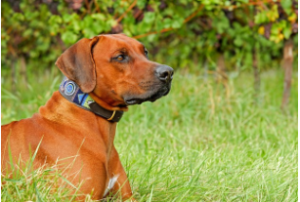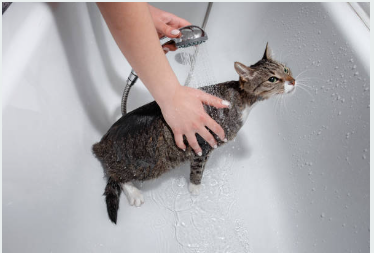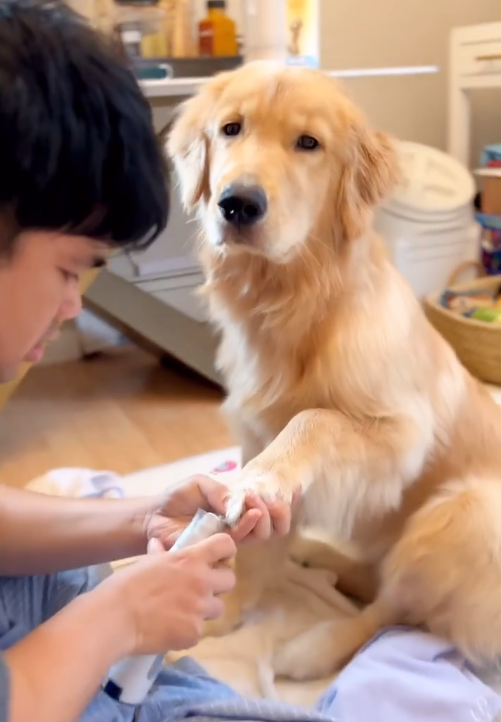Choosing The Right Collar for Your Dog
Our dog’s collar is one of the most essential equipment they will ever own. It is used for identification, training, and safety. But with so many types of collars on the market, it can be challenging to know which one is right for your dog.
In this blog post, we will discuss everything you need to know about choosing the suitable collar for your dog, including:
- Different types of collars and their uses
- How to choose the right size collar
- How to fit a collar properly
- Safety tips for using collars
Different types of collars
Many types of collars are available, each with its specific purpose. Some of the most common types of collars include:
- Flat collars are the most common type of collars and are suitable for most dogs. They are typically made of nylon, leather, or metal.
- Buckle collars: These collars have a buckle that allows you to adjust the fit. They are a good option for dogs with growing necks or who tend to slip out of their collars.
- Martingale collars: These collars tighten slightly when your dog pulls but loosen when they stop hurting. They are a good option for dogs learning to walk on a leash or dogs that tend to pull.
- Head halters: These collars attach to a harness around your dog’s chest. They are a good option for dogs that pull heavily or are challenging to control.
How to choose the right size collar
Use a soft measuring tape to measure your dog’s neck and wrap it snugly around it. Add two inches to this measurement to get the correct collar size.
How to fit a collar properly
Once you have chosen the right size collar, it is essential to fit it properly. The collar should be snug enough so that it does not slip off but loose enough so that you can fit two fingers between the collar and your dog’s neck.
Start by adjusting the buckle to the smallest setting to fit a collar. Then, slip the collar over your dog’s head and tighten it until it is snug. You should be able to do two fingers between the collar and your dog’s neck.
Once the collar is fitted correctly, ensure the ID tag and leash are securely attached.
Safety tips for using collars
Here are some safety tips for using collars:
- Never leave a collar on your dog when they are unattended. This could cause your dog to choke or become entangled in something.
- Check your dog’s collar regularly for signs of wear and tear. If the collar is damaged, replace it immediately.
- Avoid using collars with spikes or other sharp objects. These could injure your dog or other anim
Additional considerations
When choosing a collar for your dog, there are a few other things to keep in mind:
- Material: Collars are made from various materials, including nylon, leather, and metal. Choose a material that is comfortable and durable for your dog.
- Weather: If you live in a cold climate, choose a fleece-lined collar to keep your dog warm. If you live in a hot environment, select a mesh collar to keep your dog cool.
- Reflective stitching: Collars with reflective stitching can make your dog more visible at night. This is a good safety feature, especially if you walk your dog in the evening or early morning.
Conclusion
Choosing a suitable collar for your dog is essential for their safety and comfort. Consider the factors discussed in this blog post when making your decision. And if you have any questions, be sure to talk to your veterinarian.
Additional tips
- For puppies: It is essential to check your puppy’s collar as they grow regularly. Puppies increase, so their collar may need to be adjusted or replaced frequently.
- For dogs with sensitive skin: If your dog has sensitive skin, you may want to choose a collar made from a soft, hypoallergenic material.
- For dogs with long hair: If your dog has long hair, choose a collar less likely to get tangled in their fur.
- For active dogs: If your dog is active and spends much time outdoors, you may select a durable collar that can withstand the elements.



